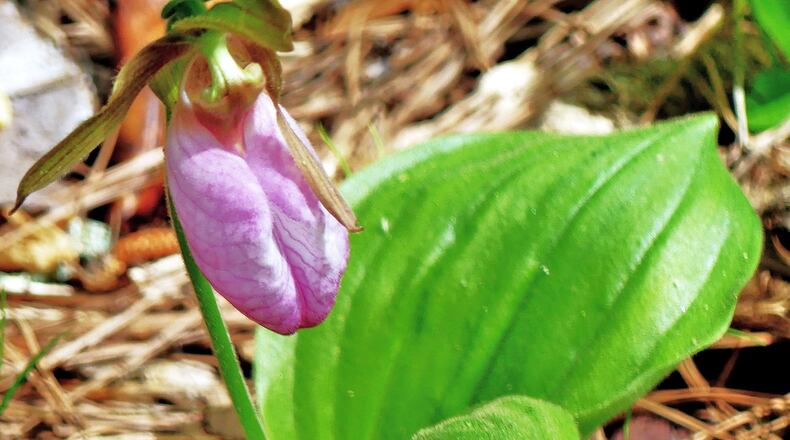Georgia tries to keep track of some 1,350 rare or imperiled plants and animals that occur in the state. Of those, 70 species, including the red-cockaded woodpecker and the persistent trillium, are protected by the federal Endangered Species Act.
Some 300 other species — ranging from the pink lady slipper to the gopher tortoise — are on the Georgia Department of Natural Resources’ own endangered, threatened or rare species lists. State law protects them to some degree.
The majority of the other tracked species are listed as “special concern” by DNR, meaning that they are in trouble in one way or another because of threats to their survival — but currently have no special legal status.
Habitat loss, development and other threats are the reasons that many species are in jeopardy. Some species also may be rare because of their naturally low reproductive rates or strict habitat requirements.
But keeping track of all the species and how they are faring in the wild is a daunting task for DNR — even with help from various conservation groups and federal agencies. Many areas of Georgia have never been surveyed thoroughly for at-risk species.
Some areas that have been extensively surveyed reveal an array of rare inhabitants. One such place is Tallulah Gorge State Park in northeast Georgia. The 1,000-foot-deep gorge is a haven for many imperiled plants such as the persistent trillium and fringed orchid as well as for animals such as the green salamander and tricolored bat.
Those rarities were what drew Sean O’Brien, president of the organization NatureServe, there last week as part of a national tour. Based in Arlington, Virginia, NatureServe has been for nearly 50 years the authoritative source for biodiversity data in the Western Hemisphere. The group helps DNR and other conservationists nationwide store and organize vast amounts of rare species data that is invaluable in helping make decisions on species protection.
IN THE SKY: From David Dundee, Tellus Science Museum astronomer: The Aquariid meteor shower will peak on Wednesday and Thursday nights at about 60 meteors per hour. Best viewing: in the northeast sky from about 1 a.m. until dawn. The moon will be last quarter on Monday. Mercury and Venus are very low in the west just after dark. Mars is very low in the southwest at dark and sets in the west a few hours later. Jupiter and Saturn rise in the east at about midnight.
Charles Seabrook can be reached at charles.seabrook@yahoo.com.
About the Author
Keep Reading
The Latest
Featured



